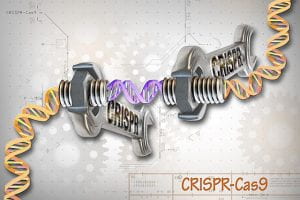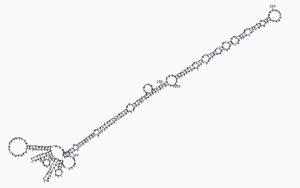Currently, many are accustomed to invasive cancer diagnostic methods such as endoscopies, colonoscopies, and mammograms. Driven by the desire to discover new methods, a group of researchers from the American Cancer Society developed an alternative method, which is a significant contribution to cancer detection.
Utilizing CRISPR gene editing as their approach, the group of ACS researchers developed an easy-to-use mechanism for detecting small amounts of cancer in plasma. CRISPR gene editing is a method that scientists and researchers have been using to modify an organism’s DNA. CRISPR gene editing is often done for numerous reasons, such as adding or removing genetic material, creating immune defense systems, and repairing DNA. Their detection method also allows healthcare professionals in diagnostics to decipher between malignant and benign cancer-related molecules that they may discover.
The first step that the researchers made to develop this approach was to design a CRISPR system that creates a manufactured exosome out of two reporter molecule fragments, which they cut. An exosome is a small vesicle that carries material such as lipids, proteins, and nucleic acids after branching out from a host cell. Exosomes are typically involved in detecting cancerous cells because they provide a glimpse into the host cell they branched out from. Therefore, cancerous cells are shown in their exosomes through biomarkers, like micro RNAs (miRNA). In AP Biology class, microRNAs are described as materials that bind to complementary mRNAs to prevent the translation from occurring. MiRNAs are a recent discovery, identified in 1993. It is now concluded that most gene expression is influenced by them, so the researchers made efficient use of miRNA in their experiment. The two fragments of the reporter molecule came together and interacted with the CRISPR’s materials.
The researchers concluded that if the targeted miRNA sequence was evident in the combination, the CRISPR system they made would become activated and cut apart the reporter molecule. The researchers specifically targeted miRNA-21, which is often involved in cancer development. The researchers were able to detect miRNA within a combination of similar sequences and later tested their method on a group of healthy exosomes and cancerous exosomes. Their CRISPR system successfully differentiated between the healthy and cancerous exosomes, which makes this system effective for cancer detection. The researchers are confident that their CRISPR gene editing approach to cancer detection will make diagnosis easier on patients and a more efficient process overall.




Leave a Reply